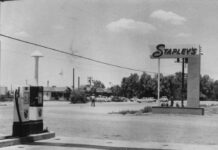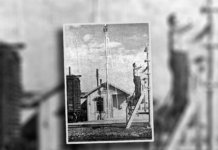By Patricia Brock, Oliver Anderson and the Maricopa Historical Society
Maricopa lost its importance as a railroad junction when the railroad redirected a line through Picacho into the Phoenix area in the mid-1930s.
Maricopa people found the desert lands ideal for farming and began cultivating rows of green plants offering up snowy white blossoms of cotton (1940-60s) that lined the roadways and earned the Maricopa/Stanfield area the title of having the highest cotton yield average of any large area in the world. Throughout the years, farmers experimented with and grew a variety of other crops that included pecans.
More than 20 years ago, Farmers Investment Company planted over 700 acres of pecan trees in the Maricopa area. In 2005, Maricopa had a groundbreaking for Pacana Park, named in honor of the one-time pecan grove.
In the mid-1900s, John Cobb lived in Mobile. He was a hard worker in the pecan groves and took care of his money. He worked in the pecan trees on Pat Murphree’s farm when he was 92 years old. He frequently brought his savings to the post office and asked postmaster Fred Cole to store it in his safe.
John Smith experimented in the early 1970s with growing pecan trees and converted his cotton and wheat fields to mainly a pecan farm.
Have you been down Murphy Road to see the pecan trees getting a light trim? A severe tree trimming is done every few years to keep stems strong to ensure continued good harvests. “Skipper” Hall owns most of these trees and the custom maintenance has been done by the Ed Shappell family for decades.
The Murphy Road and other area pecan trees will soon leaf out and produce pecan nuts. The harvest begins after the first frost in October or November when the epicarp, the outer covering of the nut, begins to crack. The harvesting begins when equipment shakes each tree so the nuts will fall.
The nuts are gathered in rows for collection. Then leaves are removed from the nuts. The harvest is finally taken to Farmers Investment Company in Tucson.
This story appears in the April issue of InMaricopa.
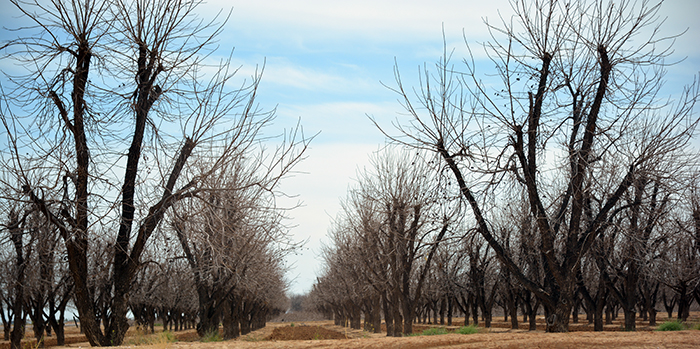



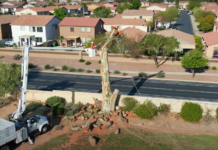
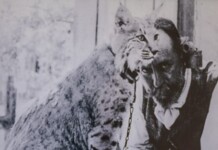
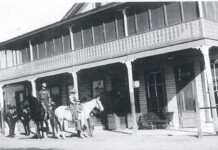
![HISTORY: Politics and prejudice First Lady Elanor Roosevelt visits the Gila River Camps. [Maricopa Historical Society]](https://www.inmaricopa.com/wp-content/uploads/2023/12/Eleanor_Roosevelt_at_Japanese_Interment_Center-1-218x150.gif)
